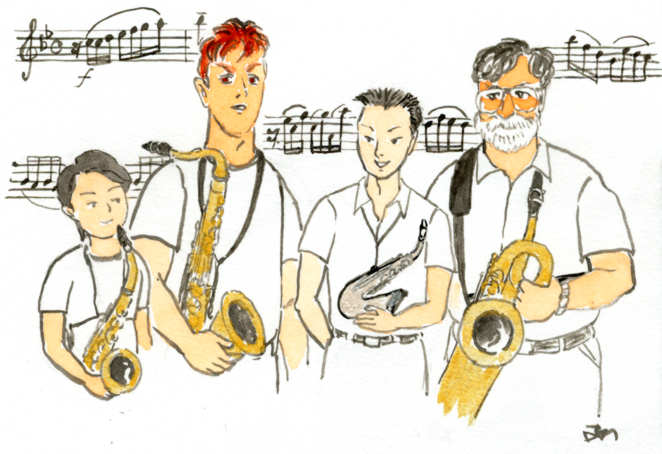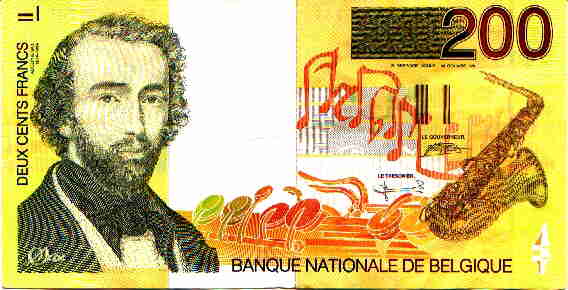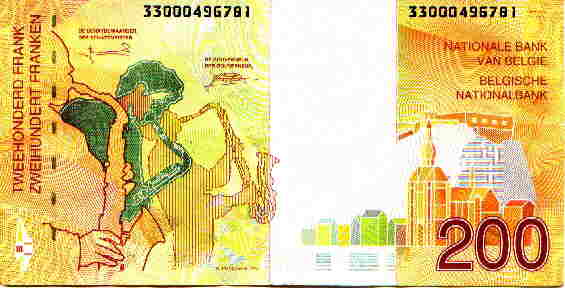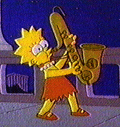A member of the Sax Ring (see bottom of page)


| |
|---|---|
The Vienna Saxophone Quartet was founded in 1995 by
amateur musicians who dwell in the vicinity of Vienna, Virginia. The
repertoire of chamber music includes original compositions for saxophone quartet,
transcriptions of classical music, light
jazz, ragtime, and novelty music. The
Quartet plays concerts monthly in various venues
around the area of Washington, DC. | |
Members of the Saxophone Quartet are:
|
Read biographies of the members of the Vienna Sax Quartet |
 |

|
View catalog of quartet chamber music |
 |

|
Many customary musical instruments evolved from
similar instruments over a period of years or centuries.
The saxophone, in contrast, was invented about 1840 (patented
1846) by a Belgian clarinetist and musical instrument maker, Antoine
Joseph Sax (1814--94). "Adolphe" Sax intended to create a wind instrument
that had both the power and projection of the brass family and
the expressive ability and agility of the stringed instruments.
The saxophone is actually most similar to the oboe, but is made
of brass and has a single reed with a mouthpiece to create sound.
Of all the woodwind instruments, the sound produced by the
saxophone is most akin to that of the human voice. It is remarkable
that the same instrument can produce the moist, intimate, throaty
sound associated with Hollywood love scenes, the martial clarion-call
of a military band, the mellow ensemble sound of Glenn Miller, and
the scream of a jazz or rock group. No other acoustical instrument,
except perhaps the strings or the theater organ, has such a wide range
of expressive ability.
Sax's original saxophone family had seven members: the sopranino, soprano,
alto, tenor,
baritone, bass, and contrabass. All are made today, but the sopranino
and contrabass are not often seen. Instrument companies have sometimes
made additional models; one example is the "C melody" saxophone (now
found in pawn shops), which in pitch is between the tenor and the alto.
The range of the instruments is about 2 1/2 octaves, but with overblowing
and with altissimo fingering, the range may be extended to about 3 octaves
for the soprano to about
5 octaves for the baritone.
Sax successfully persuaded the composers of his day to write orchestral
music for the saxophone. Orchestral compositions using saxophones are
too many to enumerate. Some composers were
Richard Strauss (Sinfonia Domestica), Claude Debussy
(Rhapsody), Igor Stravinsky (Ebony Concerto),
and Heitor Villa-Lobos (Fantasia for
Saxophone and Orchestra; Choros #3, #7, #10; Amazon Jungle, and more).
Other well-known composers with works for saxophone include Georges Bizet,
Anton Bruckner, J. F. A. Ibert, Vincent D'Indy, Sergey Prokofiev,
Maurice Ravel, Ottorino Resphigi, and Camille Saint-Saens.
But the two most
important events that caused universal acceptance of the saxophone
were the 19th-century decision of the French government (after
months of parliamentary debate) to require French military bands
to employ saxophones, and the embrace of the saxophone by popular music
groups in America during the late 19th and early 20th centuries.
One of the first appearances of the saxophone in America (1870s) was in
Patrick Gilmore's band, a touring wind group. Virtuso saxophonist
Edouard Lefebre (1834-1911) performed in Gilmore's band.
The saxophone soon became popular with both amateur and professional
musicians. Community bands gradually adopted them,
as well as many other musical groups. Saxophone quartets and larger
ensembles were formed in many communities, and the latest popular music of
the day was heard at home,
in church, at civic affairs, and many other places. By the 1890s, saxophones
were being made in the United States by the Conn and Buescher companies.
Starting at the turn of the century, cylinder and disk recordings by virtuoso
saxophonists such as H. Benne Henton (1867-1938) and Jean Moeremans, both
of J. P. Sousa's band, and later soloist Rudy Wiedoeft (1893-1940) and the
Six Brown Brothers band, fueled the
popularity of saxophone music with the public. Well after the acceptance of
the saxophone as a favorite instrument of popular music,
starting in the 1920s saxophones began to find their way into jazz groups.
Today, the saxophone has become so popular and so recognizable an instrument
that it's image is often used as an icon to represent jazz, popular, and
modern music and musical events.

 |
 |




 This Sax Ring site is owned by
This Sax Ring site is owned by carroll@seas.gwu.edu. Want to join The Sax Ring? |
|---|
| [Previous 5] [Prev] [Next] [Skip] [Random] [Next 5] [List Sites] |